Window Love - Masahisa Fukase’s Visual Love Letter From his Window
Masahisa Fukase belongs to the generation of post-war photographers who redefined photography in Japan by moving away from traditional documentary styles. This photography often served as a propaganda or social documentation tool, while this new wave of photographers desired a more subjective and emotionally complex expression form. Fukase’s work, particularly the series involving his wife Yoko Wanibe, is a perfect example of this shift.
Born in 1934 in Hokkaido, Masahisa Fukase was raised in the environment of his family’s photography studio, where he was expected to one day take over the business. In 1952, he moved to Tokyo to attend art school and learn photography techniques to one day take over the family’s business. At the time of his graduation in 1956, he eventually chose a different path to pursue his artistic ambitions. His breakthrough came with his debut exhibition, Kill the Pig (1961), which caught the interest of art critics and the general public, marking the beginning of his photography career.
His photography often depicts personal themes, such as love, loss, and isolation, marking a drastic departure from the focus on society of earlier photography. During this period, photographers like Fukase, Shomei Tomatsu, and Eikoh Hosoe challenged conventions by focusing on internal emotional landscapes. While traditional photography often emphasized social and political commentary, artists belonging to this movement filled their work with personal narratives and themes. As a result, his photography reflected his own emotional experiences, setting him apart from many of his peers.
From Window
In 1970s Japan, many photographers started exploring intimate aspects of domestic life, often using their wives as subjects. Fukase’s From Window is the tale of an obsessive love photography series portraying his wife Yoko commuting to work, staging wedding photos, and even creating a death portrait. However, Yoko was not just an object of beauty or admiration in these images - she transcended the traditional role as a muse to become a symbol of the complexities of love, memory, and human connection.
Through the lens of her husband’s camera, she is portrayed as both familiar and distant, reinforcing the concept of emotional distance within intimate relationships. These images, framed by the window of their home, symbolize a growing emotional and physical separation between the couple, where the window itself becomes a barrier that captures the emotional distance Fukase felt as their relationship deteriorated.
The staged spontaneity of these images suggests that Fukase was not only documenting fleeting moments but also building a narrative about the inevitable dissolution of their marriage. Fukase’s use of the window as a frame in this series is particularly significant, for windows often symbolize a boundary between the observer and the observed. In Fukase’s case, they represent the growing emotional division between himself and Yoko: these images convey a sense of alienation as if Fukase is trying to hold onto Yoko through the camera while simultaneously acknowledging their disconnection. As the series progresses, the window becomes a visual metaphor for the couple’s relationship.
Hyper-fixation
In the spring of 1971, Fukase began returning to his childhood home in Hokkaido, and by 1974, he had taken funerary portraits of his parents. This marked a turning point in his work, as he began reflecting more on mortality and the passage of time. Upon his return to Tokyo, he begins an intense period of hyper-fixation on his wife. This obsession with Yoko through the window frames their relationship as one of both closeness and distance, a metaphor that resonates with contemporary viewers, who see parallels in modern relationships.
A life dominated by and solely captured through his camera lens pushed the couple’s dynamic to the breaking point, ultimately leading Yoko to divorce Fukase. In the months following Yoko’s departure, Fukase turned his attention to photographing ravens, an obsession that became one of his most iconic series. The shift from Yoko to ravens marked a profound transformation in his work, as the birds became an extension of his grief and desolation.

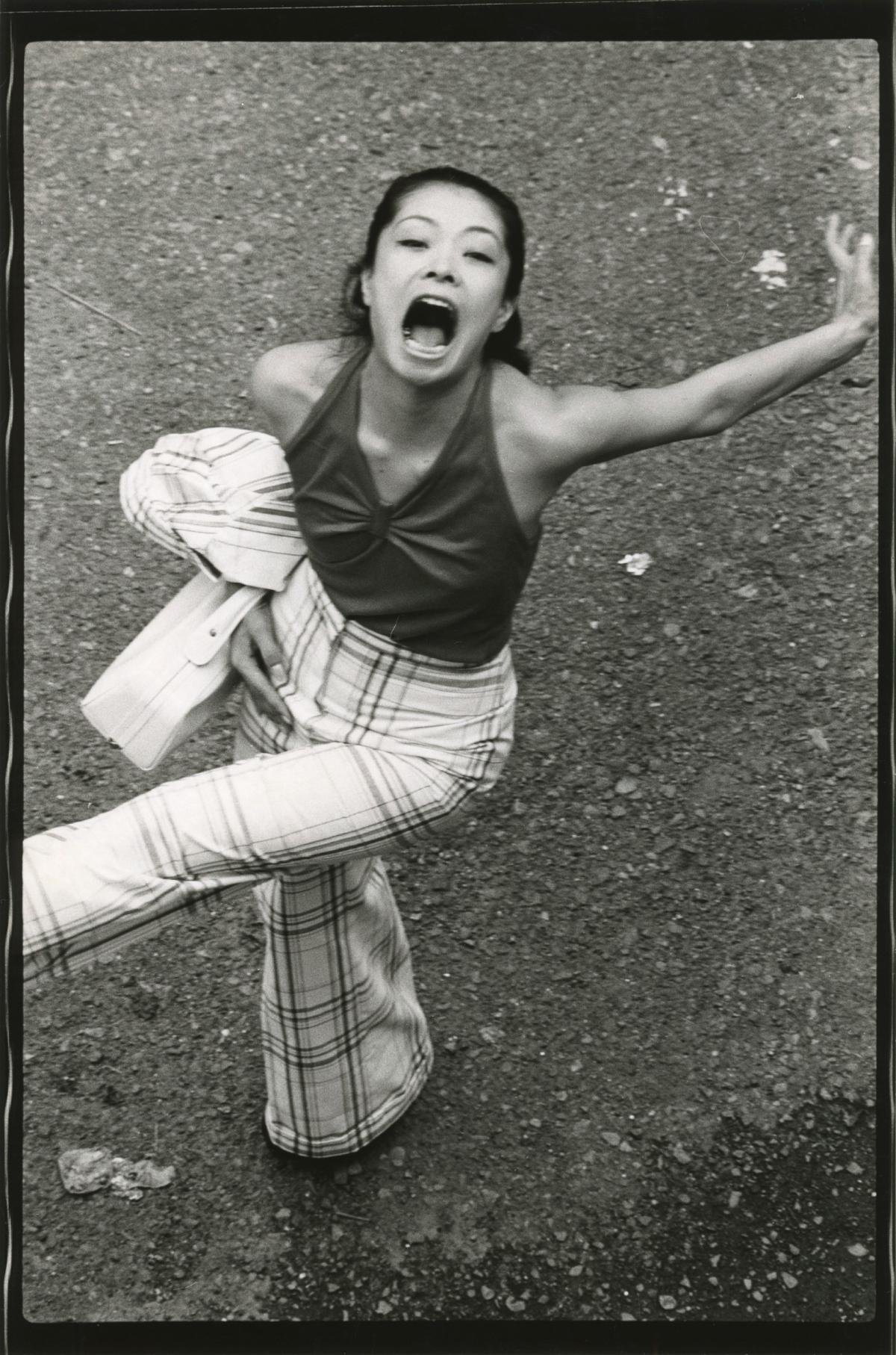


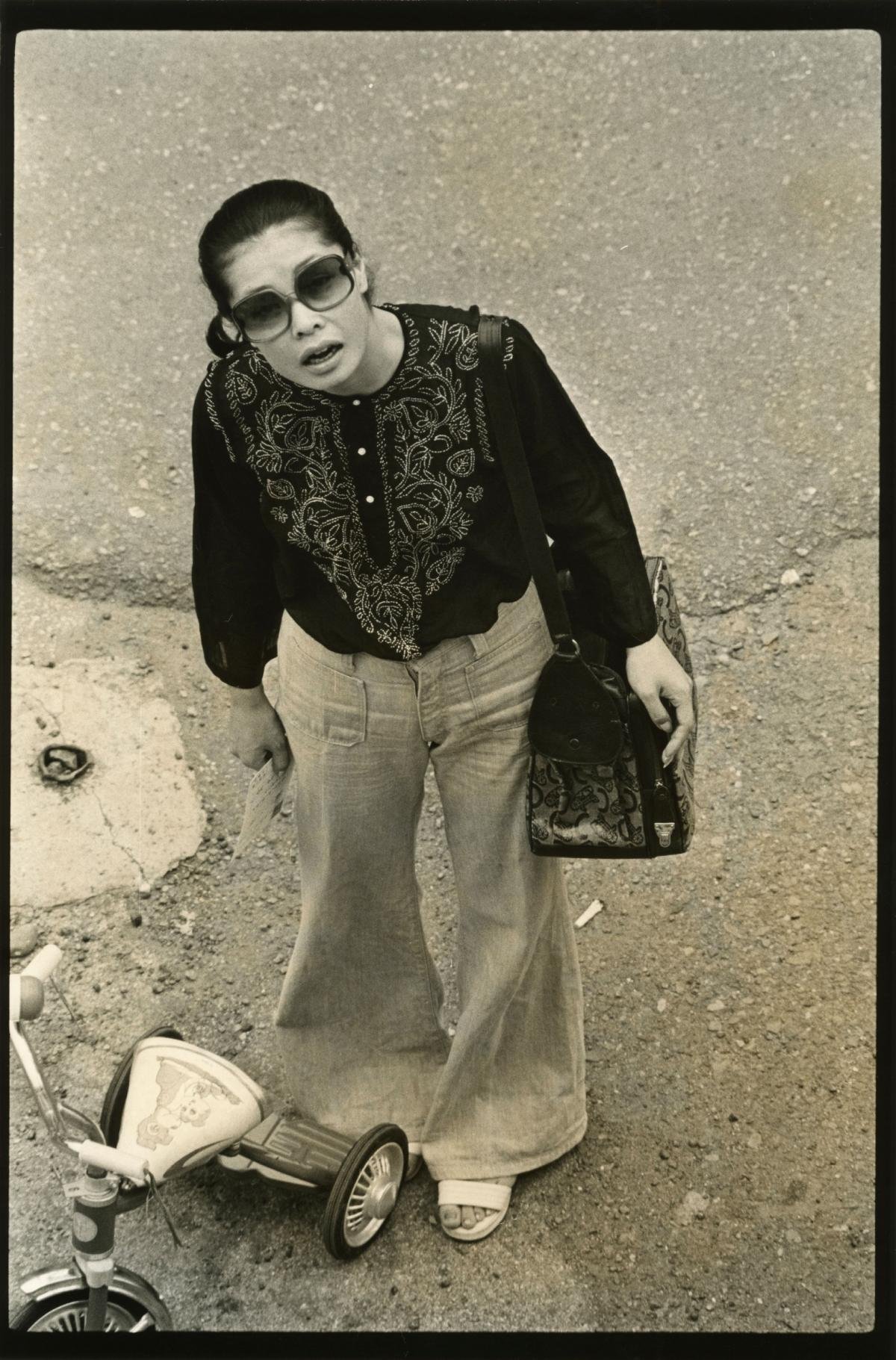
In Japanese mythology, ravens are often seen as upsetting creatures or omens of turbulence, and in Fukase’s work, they take on the role of symbols of emotional rupture. The birds evoke a sense of desolation and despair, and Fukase used the ravens as a new metaphor for his inner turmoil, continuing the themes of love, melancholy, and separation that defined his earlier work with Yoko.
Masahisa Fukase’s work has had a profound impact on contemporary photography, influencing artists such as Nan Goldin and Daido Moriyama. His approach to photography, where the camera becomes a tool for documenting the artist’s emotional life, led the way for future generations to explore their inner worlds through their cameras. Goldin’s raw and confessional portraits of her personal life, and Moriyama’s gritty street photography both reflect Fukase’s legacy of using photography to convey vulnerability and existential angst.
Fukase’s From Window series has inspired many artists to experiment with the dynamics of the gaze and the act of looking. His use of the window as a visual and emotional barrier has become a recurring motif in contemporary photography, influencing how photographers frame their subjects and explore themes of intimacy, distance, and observation. With this, Masahisa Fukase’s photographs become true meditation tools on the human condition.
In his later work with ravens, Fukase continued to explore these themes, turning personal suffering into a powerful visual narrative. His deeply introspective and emotionally charged work has left a legacy in the world of photography, inspiring artists to explore the complexities of human relationships and the fragility of existence through their lenses.






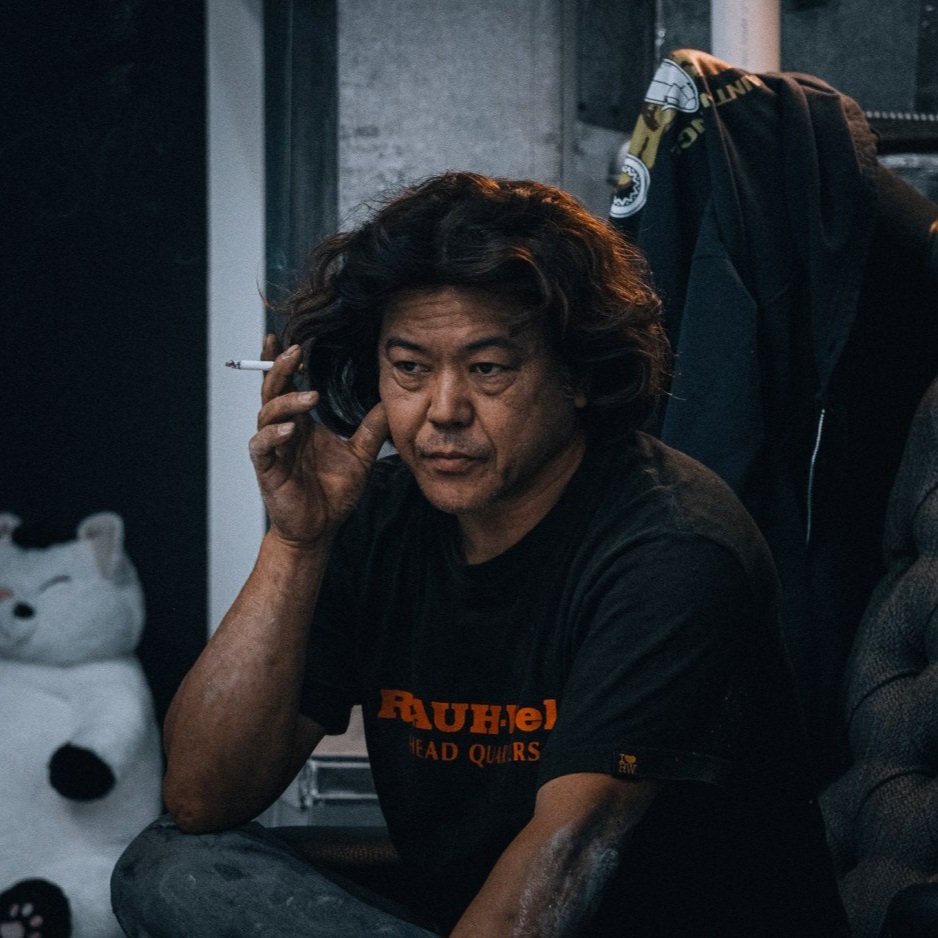
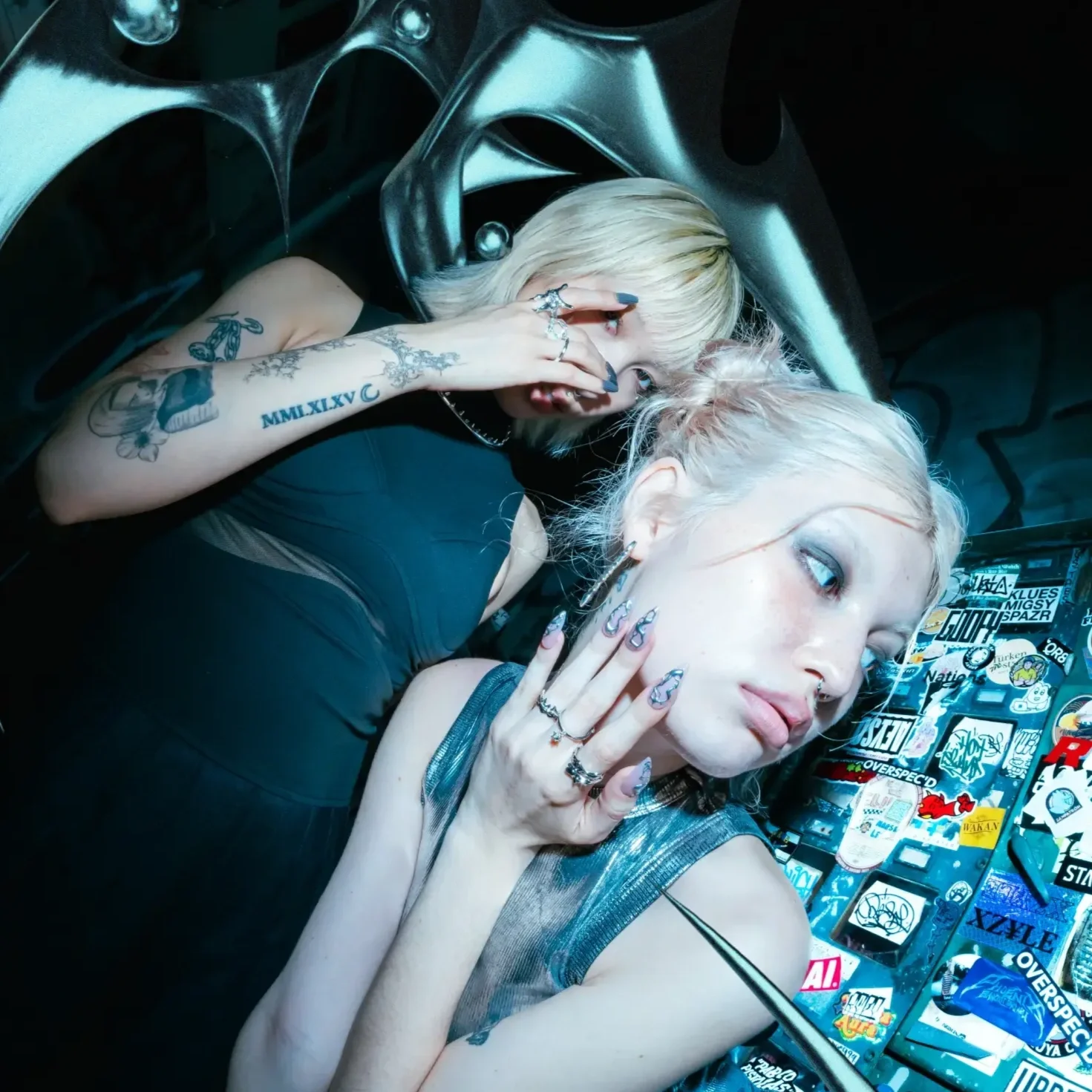
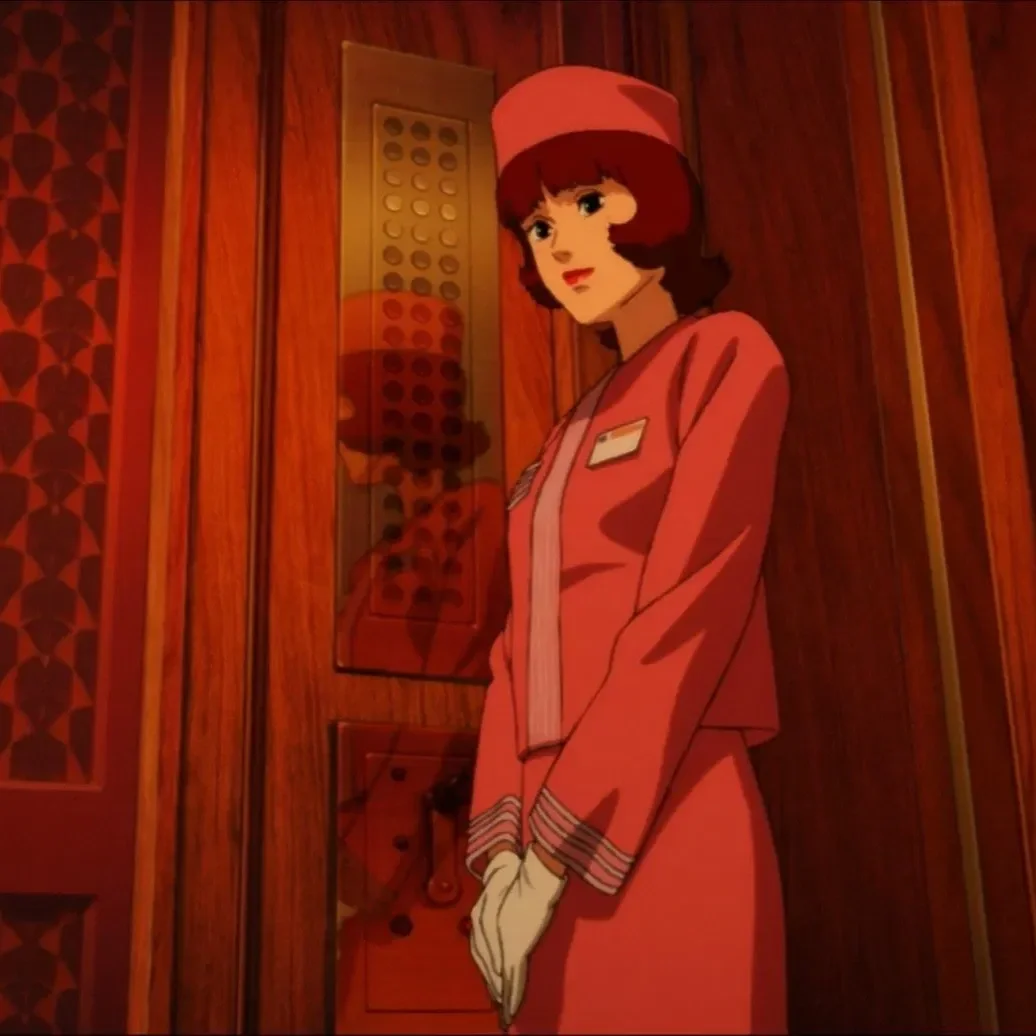
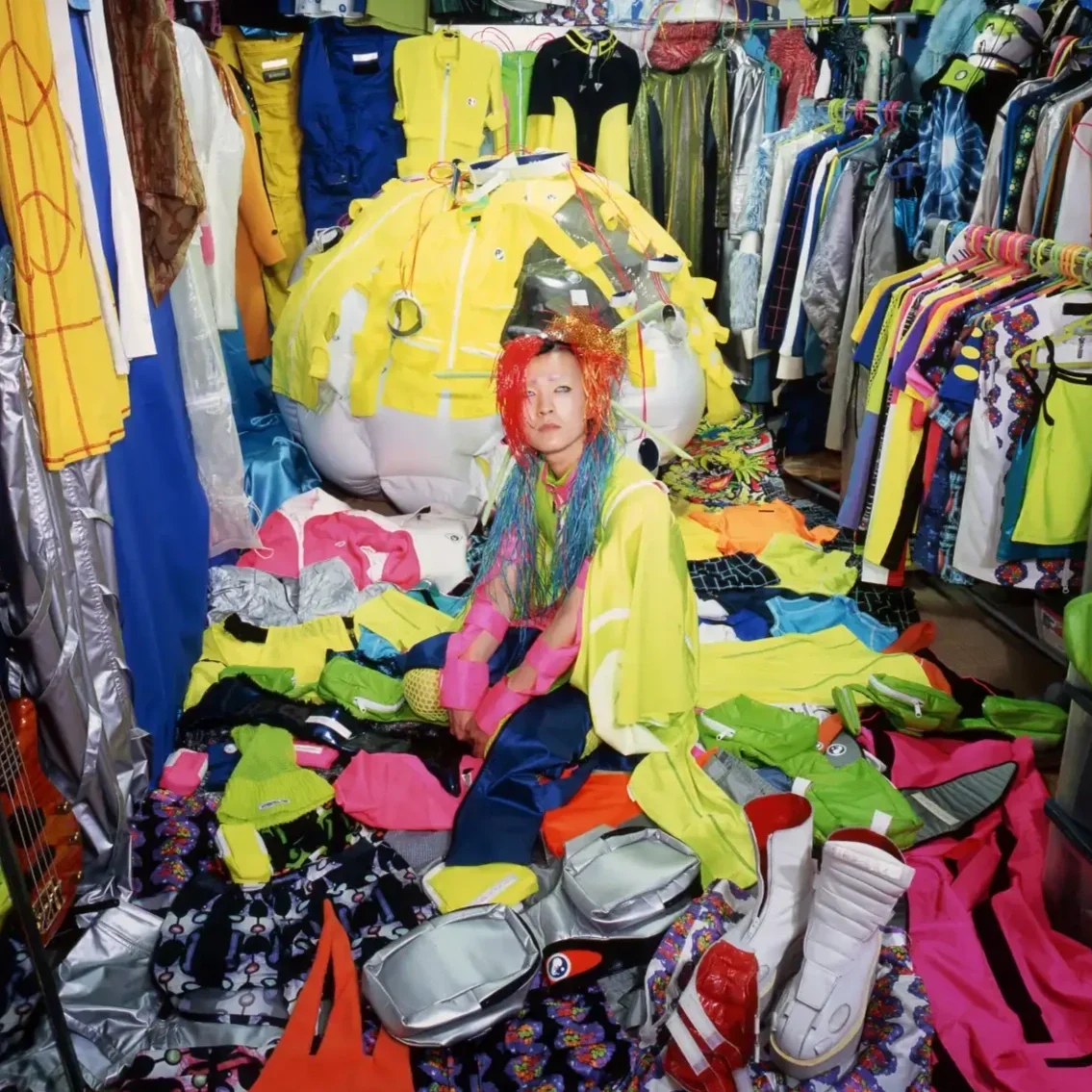
Blending beauty and violence, Chiaki Kuriyama's path to becoming a cinematic cult icon.